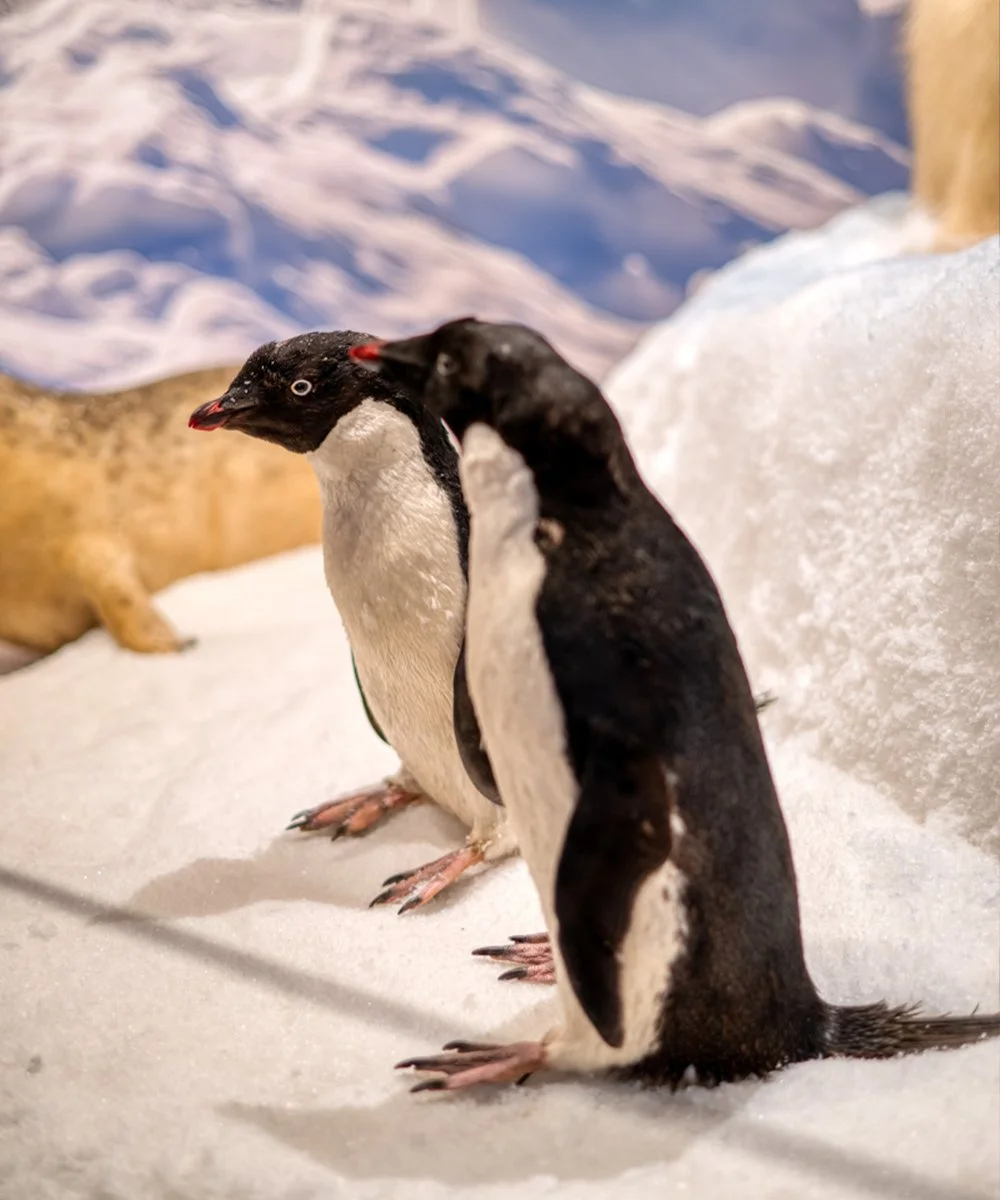
Our Exhibits
Discover a captivating blend of nature and learning. Our exhibits showcase animals from across the globe—from polar bears to prairie wolves—while teaching about their habitats, behaviors, and conservation. Designed to engage minds of all ages, each exhibit fosters a deeper connection to the natural world.
Where Wildlife and Education Come to Life
-

Brookshire’s Country Store
Step back in time inside a life-sized replica of a 1920s grocery store—complete with antique display cases, wooden floors, and vintage goods. Inspired by Mr. Brookshire’s original 1928 store, this nostalgic exhibit showcases the evolution of the grocery industry.
-

Southwestern Region
Showcasing the rugged wildlife of the American Southwest, this exhibit features species adapted to desert landscapes, canyons, and dry plains—from coyotes to mountain lions.
-

Eastern Region
Explore the rich biodiversity of the Eastern U.S., home to black bears, white-tailed deer, and songbirds that thrive in lush forests and rolling hills.
-

Canada, Alaska & The Rockies
Traverse the untamed terrain of North America’s wildest regions. From moose and elk to grizzly bears, this exhibit brings the North’s majesty to life.
-

Arctic Region
Step into the frozen wild and discover animals that endure some of Earth’s harshest climates—like polar bears, snowy owls, and Arctic foxes.
-

African Region
Experience the awe of Africa’s diverse wildlife—from lions and zebras to massive elephants—in a striking display of the continent’s natural wonders.
A Note About Conservation Status
The conservation status of a group of animals, or species, indicates whether the group exists and how likely they are to become extinct. Many factors are considered when assessing conservation status—not just living numbers, but overall population increase or decrease over time, breeding rates, and known threats.
The two international systems are the International Union for Conservation of Nature (IUCN) and The Convention on International Trade in Endangered Species of Wild Fauna and Flora (CITES). Within the IUCN Red List, “threatened” groups are listed as either critically endangered, endangered, and vulnerable, and further classified into the following categories:
The Migratory Bird Treaty Act (MBTA), passed in 1918, is a U.S. federal law that implements international treaties for the protection of migratory birds. The act was initially enacted to protect birds that migrate across the U.S.-Canada border and has since been expanded to include treaties with Mexico, Japan, and Russia.
Licensed Educational Display
Brookshire’s Wildlife Museum is proudly licensed by the Texas Parks and Wildlife Department under Educational Display Permit #EDU-1224-148. This permit authorizes the museum to collect, possess, and display salvaged wildlife specimens—including mammals, birds, reptiles, fish, and more—for the purpose of conservation education. Our displays meet the standards set forth by Texas Parks and Wildlife to promote public awareness and understanding of native Texas species.

